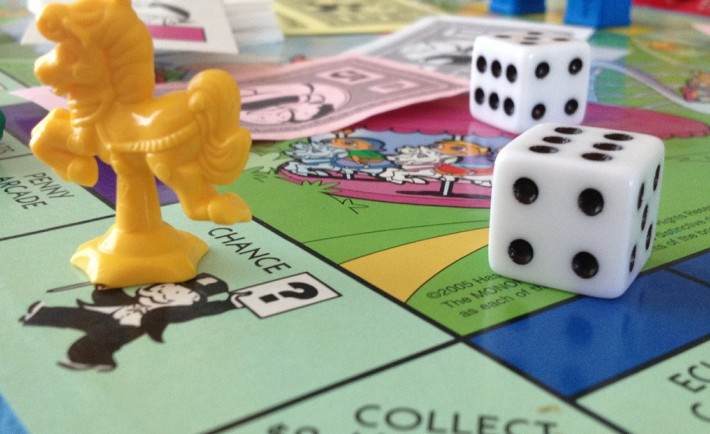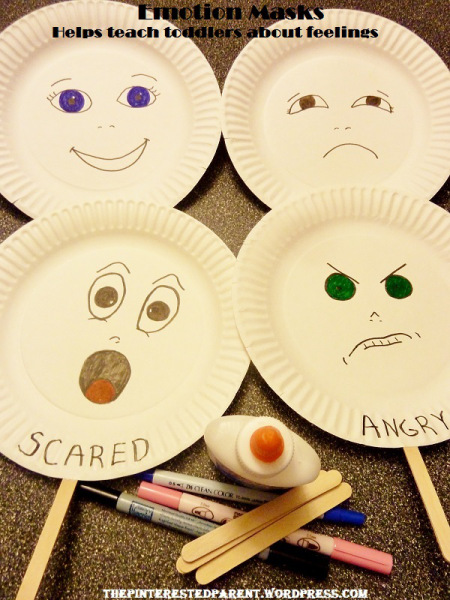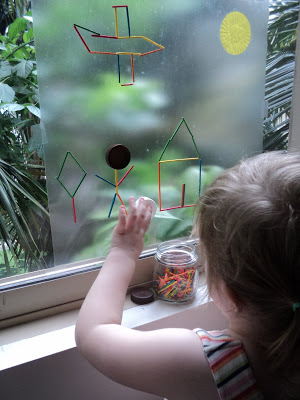5 FUN-astic Activities That Teach Your Kid About Money
Money gives people, of all ages, the decision-making opportunities they need in life. Educating your children to make wise money decisions earlier on will affect their finances in the long run. Why not teach them about money with a hint of fun?
1. CREATE YOUR OWN BILL
Aside from language, art is one of the child’s primary modes of communication. Let your children understand the importance of the design of a note by letting them create their “own S$2 bill”. Use crayons, markers, and pens for this craft. Tell them to use their imagination to decide whose face they shall put in the front and what infrastructure they shall put at the back.
2. USE A PIGGY BANK OR A MONEY JAR
Setting up realistic goals is the foundation to learning about the value of money and saving. Ask your children what they want to buy with their money. After identifying the short-term goal, provide your child with a small piggy bank or a money jar where they can fill up their savings with. Have your child draw the picture of the specific toy on the side of the piggy bank or the money jar.
You may also want to help your child understand that some items will take longer than others to save for. For these long-term goals (e.g., going to Disneyland Hong Kong), provide them with a bigger money jar.
3. SAVE BY SORTING
Based on experience, 3-5 year old kids love to sort things. It trains them cognitively too! Incorporate money in this enjoyable activity by letting your child sort coins in the different denominations of 5, 10, 20, and 50 cents. If your child correctly sorts those coins, reward him or her with your spare change. Ask your child to save this money inside the piggy bank or the money jar.
4. PLAY “FINANCIAL” GAMES
Preaching about money can be a boring subject for kids but if you open up the discussion with a game then that shall stir things up! Play games that teach children about financial concepts. Such games include Monopoly and The Game of Life. They will not only have fun but it will also shape their money management skills.
5. TAKE ADVANTAGE OF TECHNOLOGY
Use technology to your advantage by letting your child watch free videos that teach the basics of making and saving money. For example, your preschooler can learn about salary by following these steps:
a. Describe your job to your children. You may even bring them along one in your workplace and give them a tour.
b. Introduce this video of a farmer that gets paid for supplying milk. This short video explains the concept of money to children in a simple and animated manner.
Or you may print this colorful and informative activity book by Sesame Street.
4 Amazing Ways To Save Big On Your Kid’s Birthday Party
1. START WITH THE INVITES
If your budget does not allow you to invite your child’s entire class, then you do not have to. Instead, you can opt for the “age plus one rule”. For instance, if you are planning to throw a party for your 5-year-old, then invite 6 guests. Keep the numbers down by making it clear that the guests’ siblings are not invited.
Aside from that, you can forgo printing services by sending out electronic invitations through Facebook or Email. This works just as fine!
2. SAVE ON THE VENUE
If your home does not have enough space, parties can be hosted at the local park or playground.
For a playground venue that kids will surely love, go to Tiong Bahru Adventure Playground. Tiong Bahru Adventure Playground’s center has a train-themed structure that is perfect for your boy’s Thomas the Tank party. There is also a little maze and a merry-go-round.
For a park venue, consider having it at East Coast Park as its wide open spaces is suitable for energetic party games and active guests. While parks are generally free, if you are planning an organized party, some parks do require permission to be given ahead of time.
3. D-I-Y YOUR PARTY BAGS
A children’s party will not be complete without the party goodie or loot bag. Assemble your own loot bag by purchasing S$2 brown or white paper bags from Daiso and decorating it with colored markers. Put a multitude of sweets and stickers that are also available at Daiso, for the same price.
4. TRY THESE PARTY THEMES
There are two exciting yet affordable party themes that you must try, namely: Circle Party and Indoor Games Party. The circle party is ideal for children aged 2-4. You start by decorating the place with all things circle such as balls, balloons, polka dots, and candies. Then, keep the activities simple such as running while forming a circle.
For children beyond age 5, you can entertain them with a party that is filled with board games, cards, and puzzles.
If you need to purchase a board game, you may check out Toys “R” Us. Toys “R” Us provides huge selection of toys and infant products that are priced to give you value for you money. Round up the guests and play the Disney Assorted Inlay Wood Puzzles (S$9.95), UNO® Disney Frozen Cards (S$11.90), or the Pavilion Giant Snakes & Ladders (S$19.95)!
Wallet-Friendly Ways To Make Parenting Simple And Fun
One of the best parts of parenting is spending quality time with your children. Most of the time, creating fun memories are simple. However, there are days when it is far from easy.
This is why you must unlock the “inner child” within you by trying these inexpensive ideas:
1. BE A PART OF WHAT THEY LOVE TO DO
In the weekends, you just want to lay down and rest your body from all the week’s work. But, you also want to spend time with your beloved ones. Kill these two birds with one stone with the “Car Play Shirt”.
The Car Play Shirt allows you to relax and lay down while your kids are playing with the activity on your back. The interactive puzzle is drawn at the back of your shirt lets your boys imagine where they want their cool cars to go. You can either purchase them for S$32.17 or make your own by following this tutorial.
2. TALK ABOUT THEIR FEELINGS
Children who do not express themselves genuinely can become people-pleasers with low self-esteem or unhappy adults who cannot reach their fullest potentials. This is why as parents, it is important to encourage the child to be more demonstrative.
Do so by making “Paper Plate Emotion Masks”. The goal of this artistic activity is to open up a conversation with your children to know more about them. With this, you can emphasize more on happy situations and decrease the sad situations.
Simply gather these materials: paper plates, popsicle sticks, markers, crayons, scissors, and tape. Then, let your child create a mask with basic emotions such as happy, sad, scared and angry. If you need more help, follow the instructions here.
Note: This activity is great for toddlers and preschoolers.
3. FEED YOUR CHILD’S IMAGINATION
If you want a few minutes to an hour to yourself to do some work at home, you can try indulging your child with arts and crafts. Aside from keeping him or her occupied, art therapy is especially beneficial for children since they are naturally more imaginative and creative. Furthermore, it enhances the child’s problem solving and cognitive (brain) skills.
Inspired by various craft from the Internet, a blogger that goes by the name of “A Little Learning For Two” came up with the “Sticky Window Art”. This easy craft lets your child illustrate endless images with colorful sticks drawn on the “sticky paper” that is plastered in the window. You would need these four items: scissors, clear contact paper, tape, and colored matchsticks/popsicle sticks. After which, follow the tutorial here.
Much to the blogger’s surprise, her daughter played this activity for almost an hour without losing interest!
Note: A roll of clear contact paper can be found at your nearest stationery shop such as Popular Bookstore.
Tidy Up Your Family’s Life In 5 Professional Steps
With a house full of children, life can quickly get a little topsy-turvy! Juggling through the chaos of household chores, family relationships, and work responsibilities can become overwhelming. Luckily, you can adopt a professional system that has been present for centuries.
This system is none other than the “business system”. Businesses, enterprises, and firms are organized because they follow a synchronized structure. Apply this to your home life by following these simple tips:
1. DETERMINE YOUR FAMILY’S CORE VALUES
Core values exhibit what is important in the company and its members. In your case, you must consider what are the important beliefs and morals that you want your family members to uphold. Determine your family’s core values to help guide your every decision. For example, if your family values saving money and hard work then your plans for your next vacation will be based on those values. Furthermore, it will affect how much you will save (i.e., practices) and what you will spend your money on (i.e., strategies).
2. SET YOUR PRIORITIES
Spreading out your energy and time to things that are not necessary can be a waste of your resources. This is why efficient companies set their priorities straight and focus more of their resources on the top priority. Your priorities as a family can be anything that you would like to accomplish in the near future such as exercising together everyday. These priorities are personal and subjective to you.
3. ESTABLISH A SCHEDULE
Most of the firms follow a strict schedule for every employee. Apply this to your family by using a digital calendar to automate your family’s schedule. A beloved digital calendar by most is the Google Calendar, which is available if you have your own Gmail account. Establish a schedule that includes household chores, special events, school works, and etc. You can assign a different color for each child too.
Alternatively, you may use a Microsoft Excel spreadsheet and assign a color and a row for each child. It is best to plan the week ahead by making the schedule every Sunday night.
4. PRACTICE TEAMWORK
Cooperation and teamwork can extend the walls of your home too! Join or organize a parenting group including the other parents in your children’s school. Aside from meeting new people, you can save more money by taking turns in babysitting each other’s children. Use WhatsApp or a private Facebook group to exchange your contacts for emergency purposes and to schedule events together. Taking care of each other’s kids are matters of trust so make sure that these newfound friends can be trusted.
5. REVIEW YOUR PROGRESS
As a whole, you must sit together once a week for at least 10 minutes to review your progress in terms of your priorities, your schedule, and your other issues. Talk openly and honestly.
To increase the positivity and the sense of accomplishment, commend your children for their achievements that week (no matter how big or small it may be).











